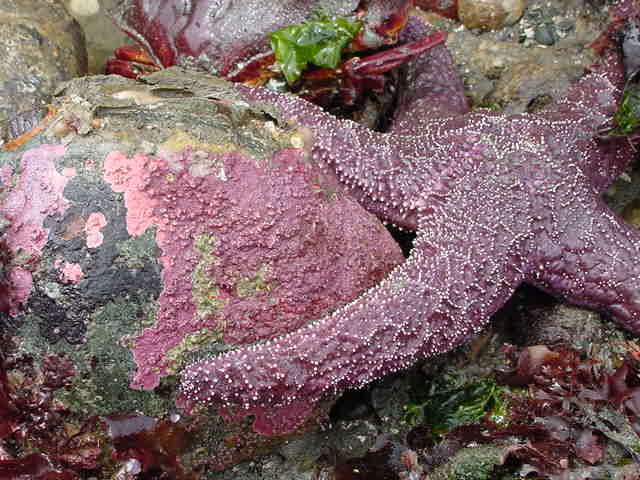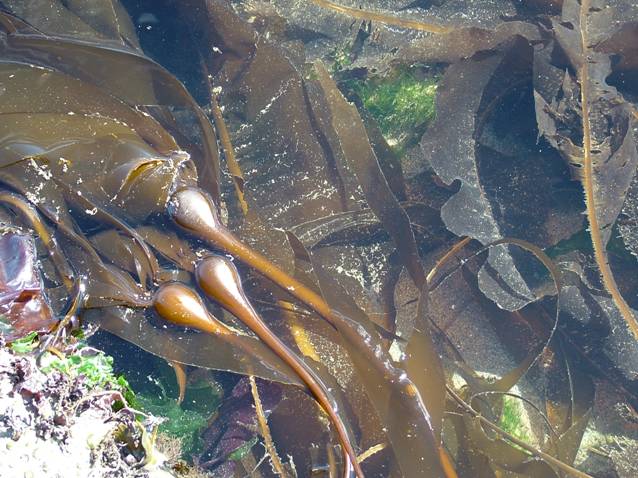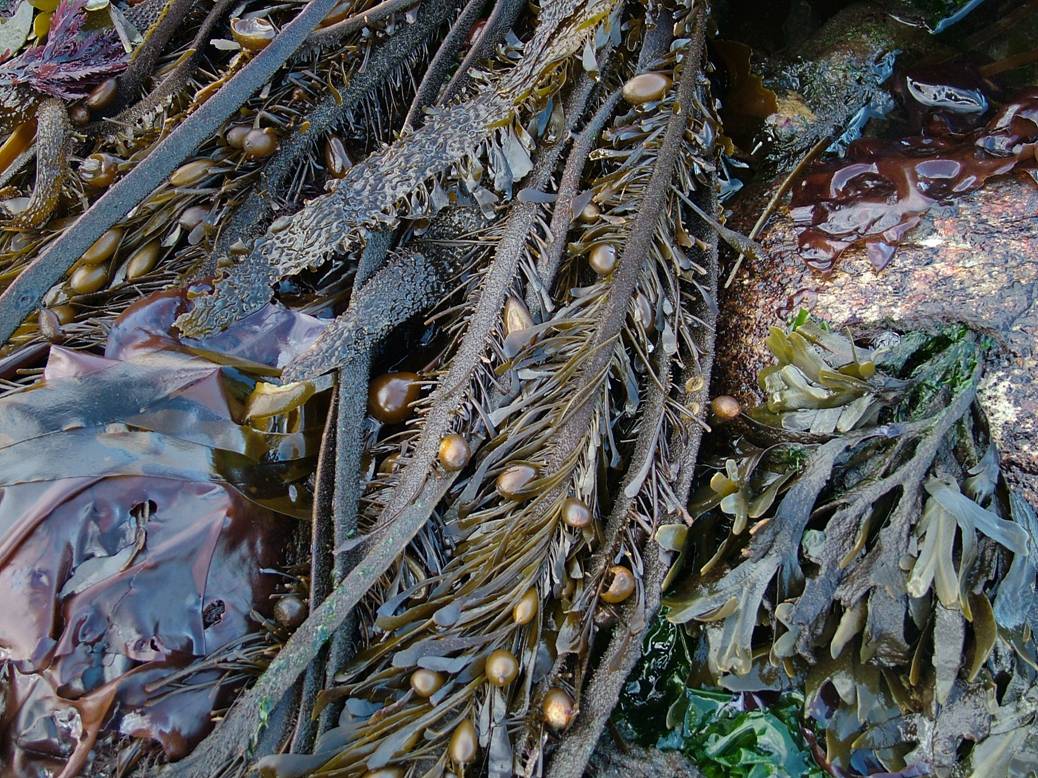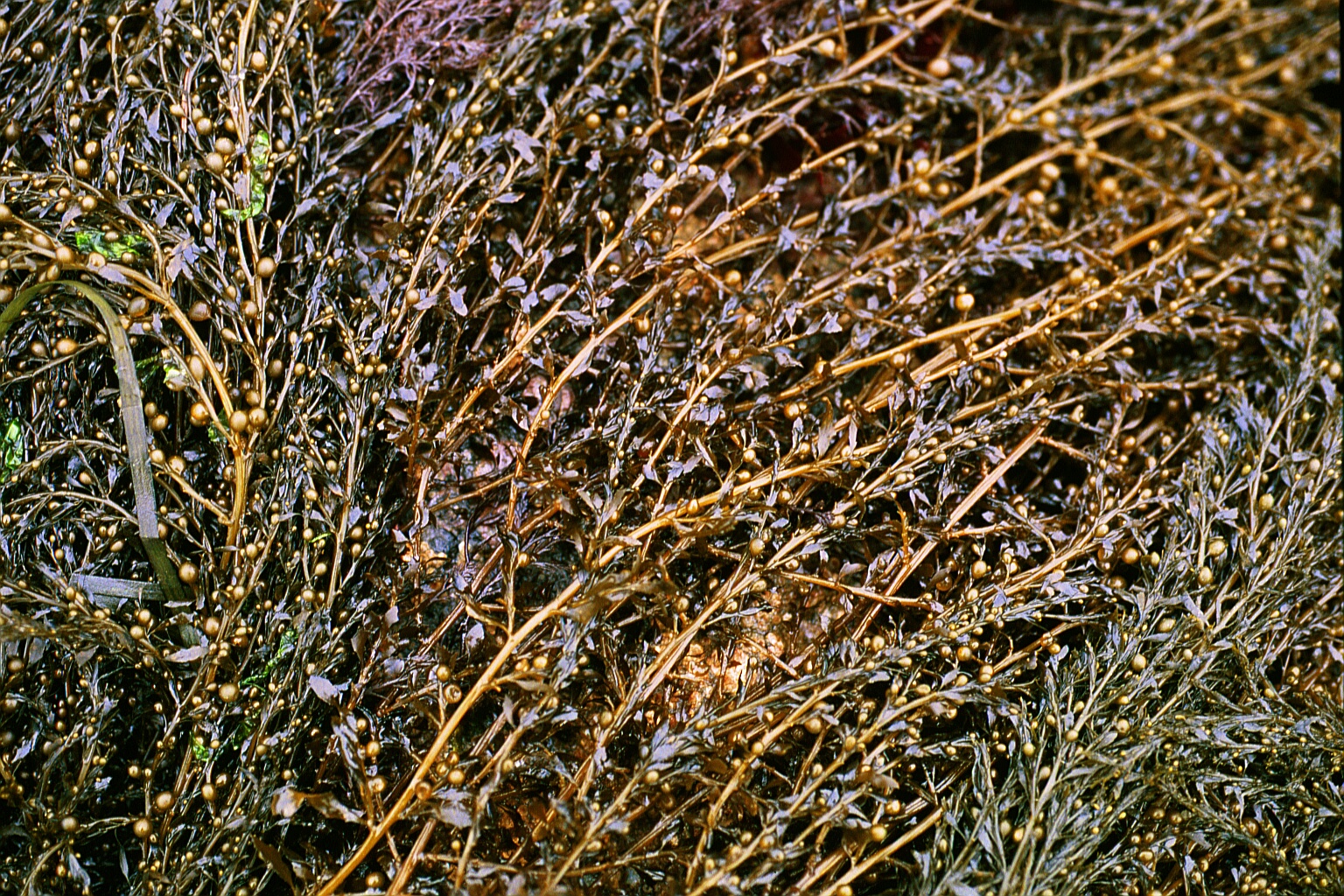
Seaweeds and Seagrasses
Brown Seaweeds - Phaeophyta
World wide there are 7000 estimated seaweeds, 4000 microalgae and 50 seagrasses. Here in the Pacific Northwest we have an estimated 700 of these species making our area one of the richest in seaweed biodiversity in the world. (Harbo, 1999)
Sites visited:
Fox Island - South Puget Sound
Trip aboard the Centennial - San Juan Island
Argyle Lagoon - San Juan Island
Usually gold, brown, olive green, or olive brown in color, there are approximately 140 species of brown seaweeds in the Pacific Northwest. Generally, they are the largest and the fastest growing of the seaweeds but a few species remain small. Bull kelp, Nereocystis, can grow one to two feet per day, growing to be 100 feet long in a season. Brown seaweeds are found from the intertidal area to about 15m deep depending on sun penetration in the water. Brown seaweeds (kelps) form the underwater forests of the oceans providing habitat for thousands of species. They are a key food for many invertebrates, and kelps have been used by native cultures for tools and food. Common Brown Seaweeds: |
 |
 |
|||
Sugar kelp - Saccharina |
Seersucker - Costaria |
Winged kelp - Alaria |
 |
 |
|||
Three ribbed kelp - Cymathere |
Giant kelp - Macrocystis photo by: Bonnie |
 |
 |
 |
||
 |
 |
 |
||
Soda straw - Scytosiphon |
Witch's hair - Desmarestia aculeata |
Flatened acid kelp - Desmarestia ligulata |